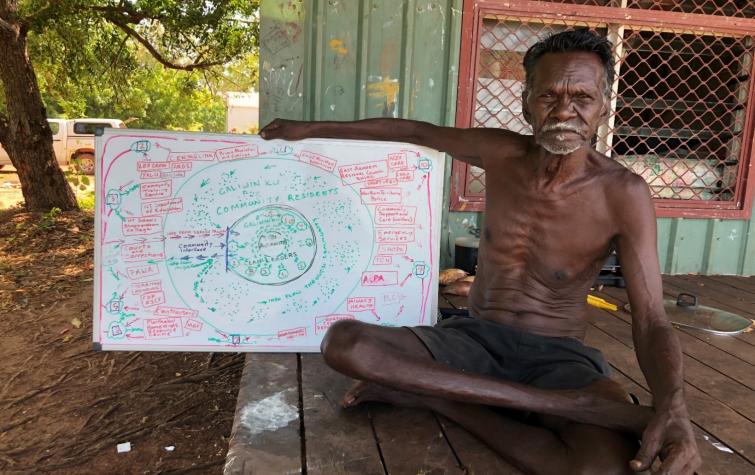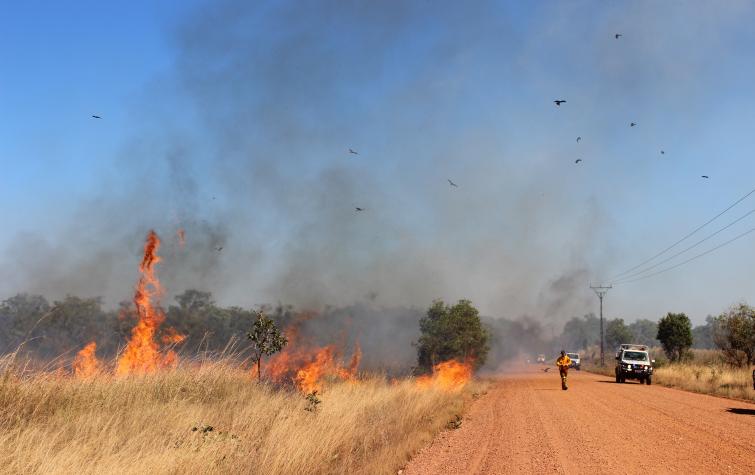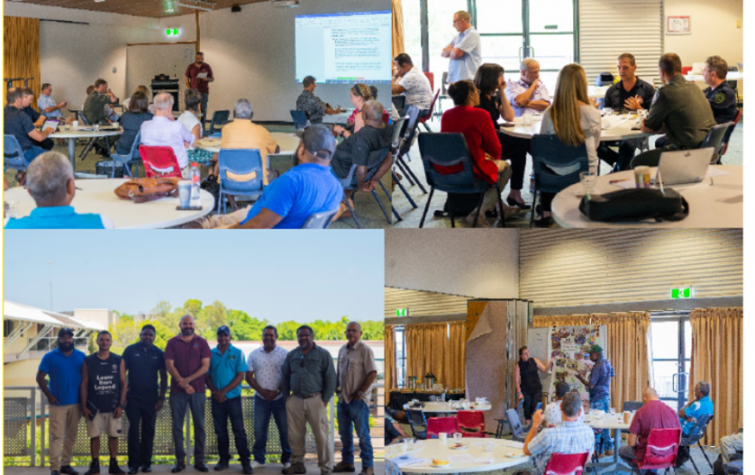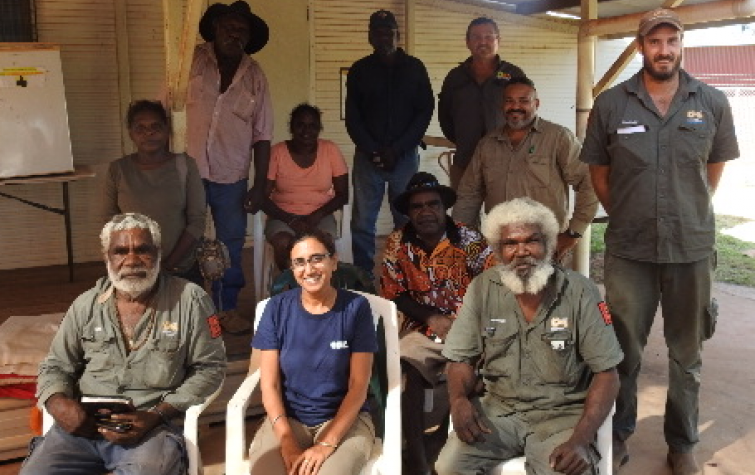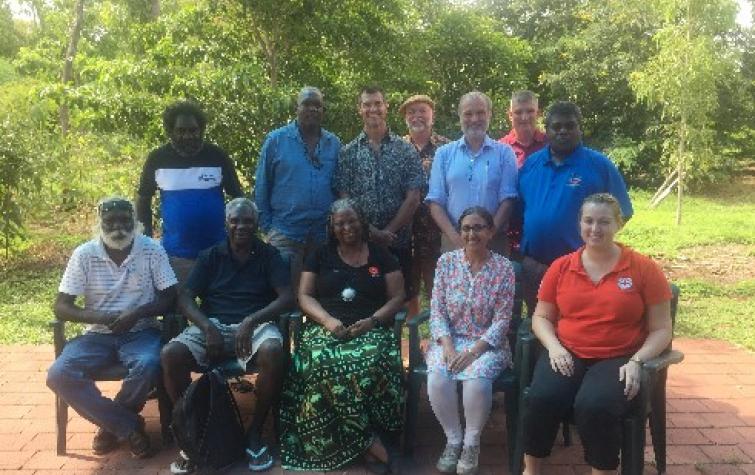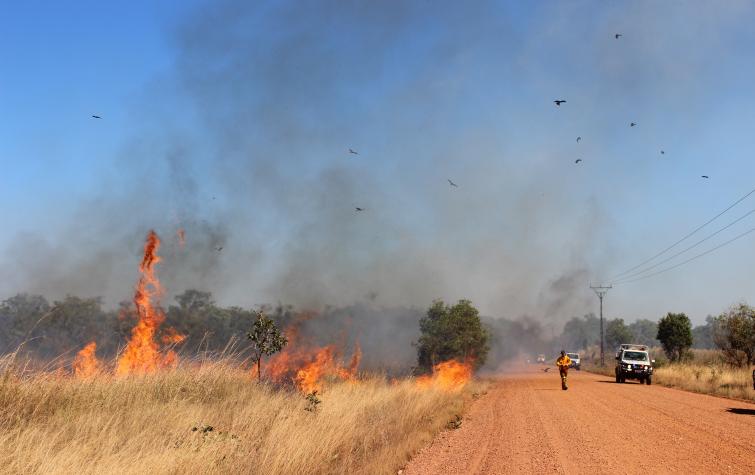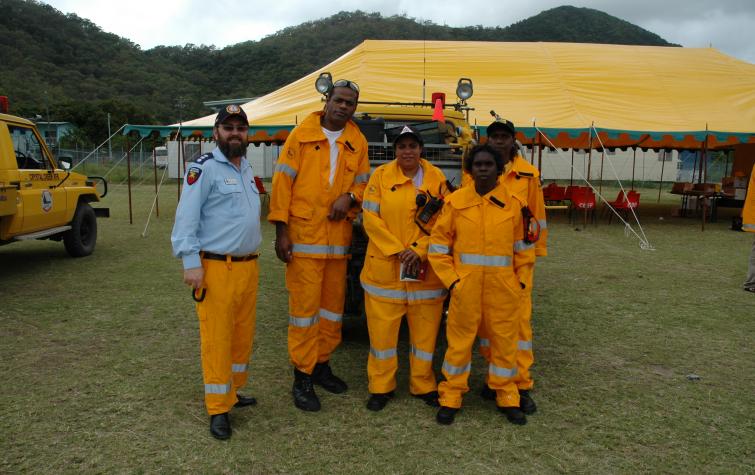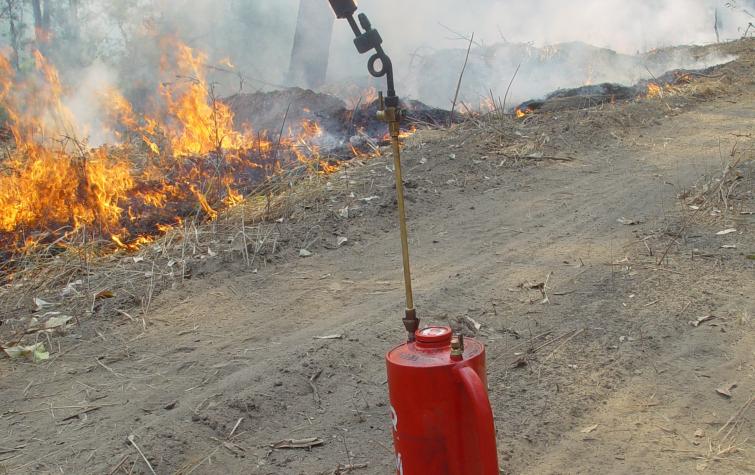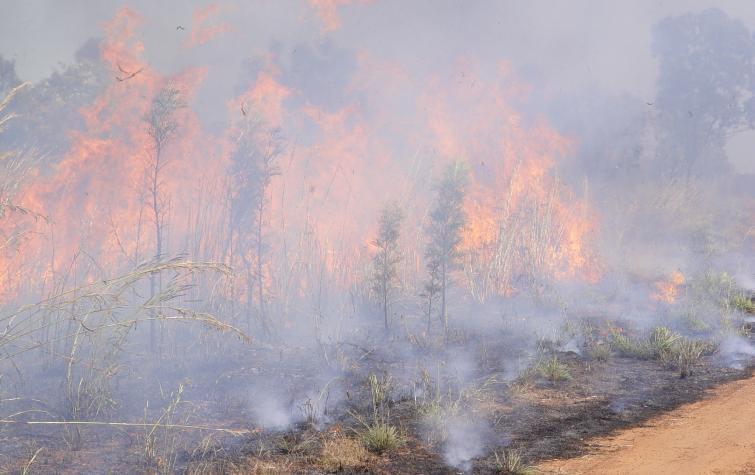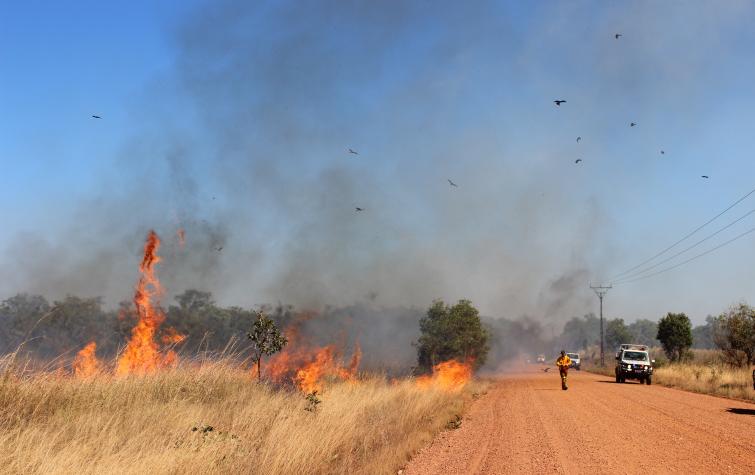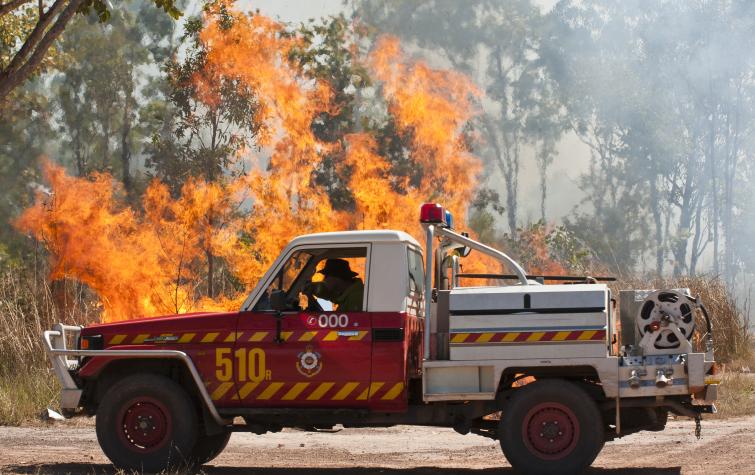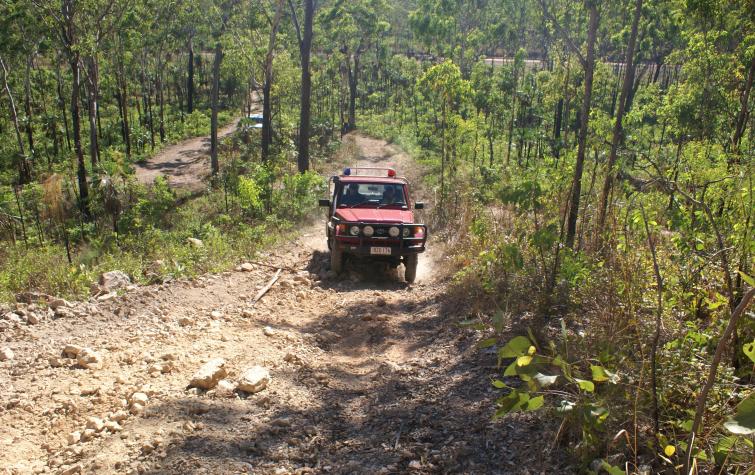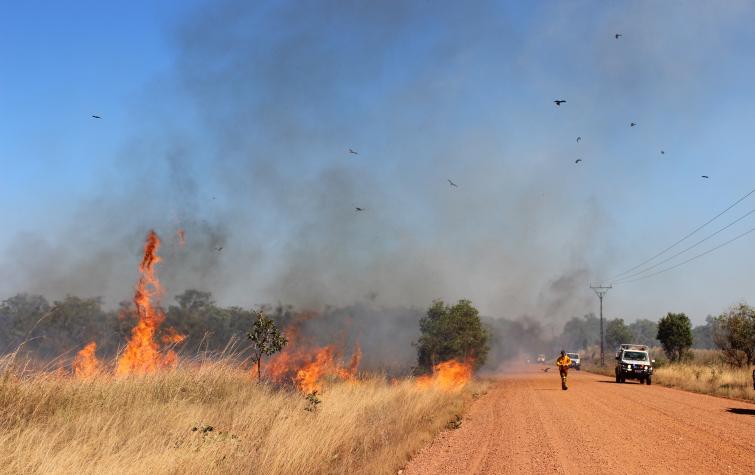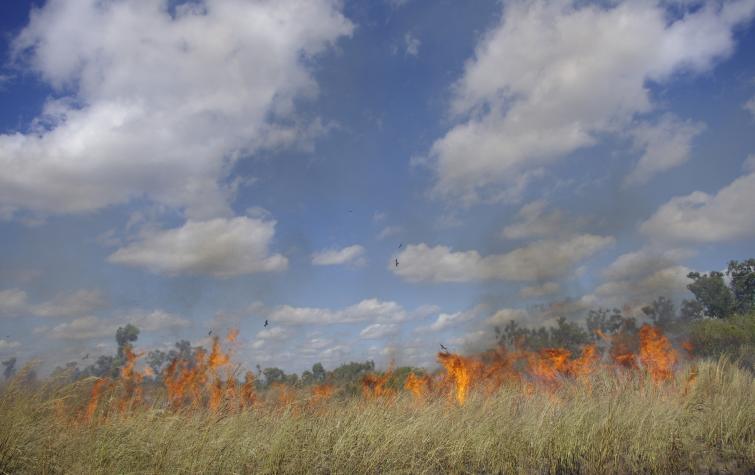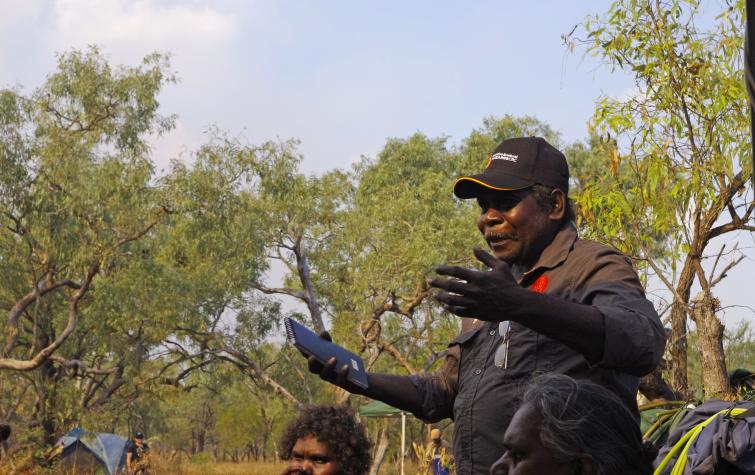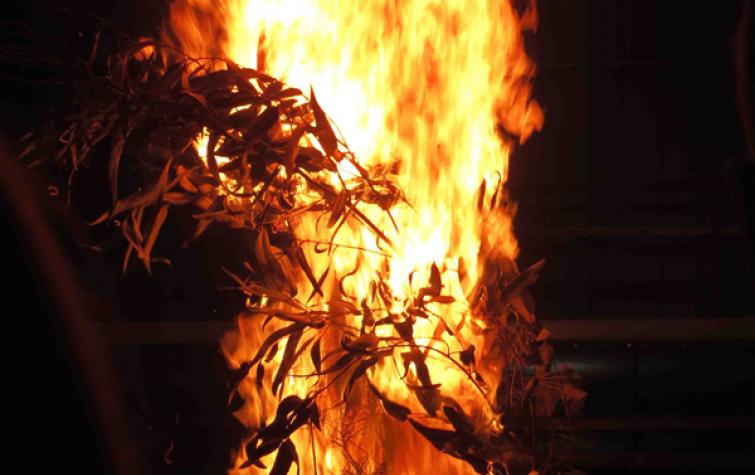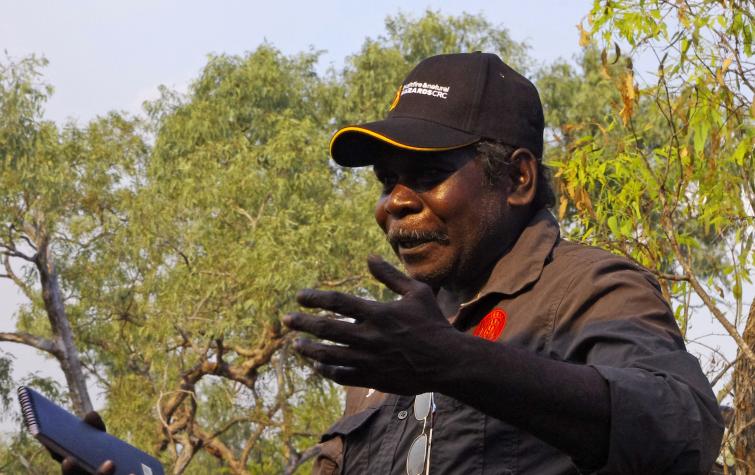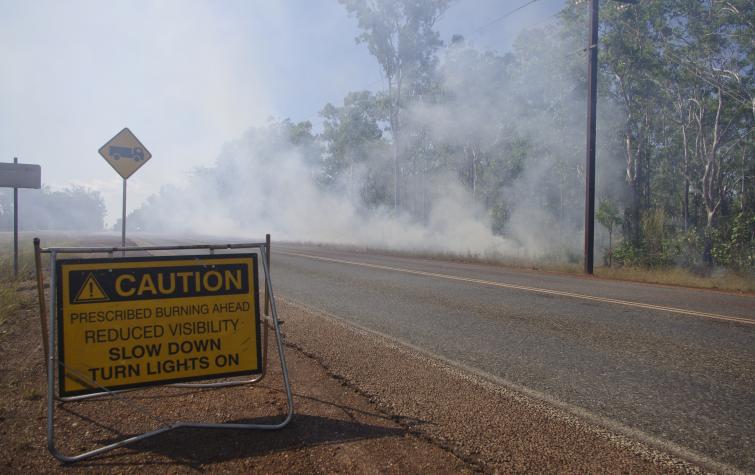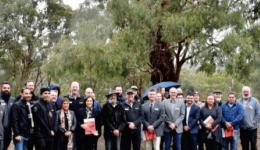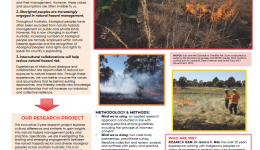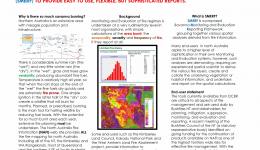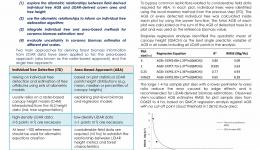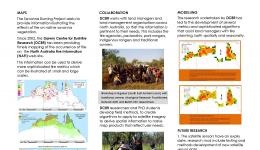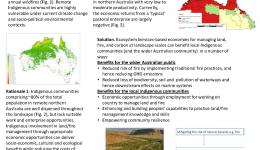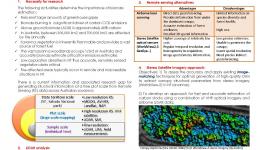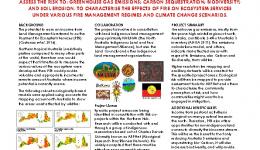About
Adj Prof Jeremy Russell-Smith
Project leadership
Through extensive consultations undertaken with regional emergency management agencies and Indigenous community partners across northern Australia, this project has established that an ongoing priority is to support the building of more effective emergency management agency-community partnership arrangements in remote communities, based on empowerment of and better engagement with community governance structures. This project explored community governance issues and aspirations among Yolngu and Bininj (Aboriginal people from east Arnhem Land and central and west Arnhem Land respectively) in two major communities: Galiwin’ku and Ramingining. In recognising persistent and systemic marginalisation issues, such as poor communication and engagement, project leaders sought to provide a stronger foundation for partnerships at a community level and a clear direction to emergency management and other agencies to adopt for more effective and mutually beneficial partnership arrangements in service delivery.
The project has developed a framework to aid fire and emergency services agencies in engaging with remote Indigenous communities in order to improve emergency services delivery. The research has developed a suite of case studies through which interviews and workshops have been conducted with members of the now-widespread Indigenous Ranger Groups to ascertain the aspirations, willingness and capacity of the Rangers to engage in emergency management activities. This final report summarises the activities undertaken and information gathered to date. This project has also continued the service delivery program of land management and monitoring and evaluation tools to assist fire managers in remote north Australia. The research team provided information with respect to the spatial distribution and effects of fire on tropical savanna and rangeland habitats through the Savanna Monitoring and Evaluation Reporting Framework, also developed through the project.
Over the duration of this project, several desktop reviews were undertaken to examine the existing bushfire and natural hazard training in remote northern Australia offerings, as well as the opportunities that existed at the time for Indigenous community members to obtain leadership training. The reviews found that where training existed it largely omitted Indigenous perspectives, particularly in terms of strategic overviews and planning. In response to the views of project participants and the reviews, the project developed a set of training units that, taken together, drew together the essential elements of Indigenous and non-Indigenous bushfire and natural hazard training in a Vocational Education and Training style program. Nine formal ‘engagements’ were held over the life of the project, including workshops and three training pilots. In each pilot, different components of the ten training units were presented and refined. A detailed and culturally appropriate evaluation was undertaken of each pilot and the feedback was incorporated into the next ‘round’ of pilot training.
Supervisory roles
| Project | Student |
|---|---|
| Remote sensing of tree structure and biomass in north Australian mesic savanna | ggoldbergs |
| Women caring for Waanyi and Garawa country | kvanwezel |
Research team
| Type | Project | Research team |
|---|---|---|
| CRC Core Project | Hazards, culture and Indigenous communities | wsmith, bcook, ocostello, jdore, tmcgee, jrussellsmith, Annick Thomassin |
31 Aug 2020
Key findings: Long term support from Fire and Emergency Services Agenciesis necessary to develop...
27 Aug 2019
We are investigating the existing and emerging engagements between the natural hazards sector and...
27 Aug 2019
North Australia is at risk from bushfires, cyclones, storms and floods. In 2016-17 the average cost...
19 Sep 2018
This innovative 3-year research project explores cultural difference and similarity to gain...
29 Jun 2017
The work undertaken through the Bushfire and Natural Hazards CRC is part of a savanna-wide program...
29 Jun 2017
The main goal of this study is to determine the optimal procedure for the estimation of above-...
14 Aug 2016
Providing mapping tools from detailed research, modelling and analysis of the occurrence and...
12 Aug 2016
The project applies ecological-economic methods to help build the resilience and sustainability of...
18 Aug 2015
This PhD research aims to develop and assess methods, using stereo satelitte imagery and laser...
25 Aug 2014
This project builds upon substantial work previously undertaken within the facility of the Bushfire...




